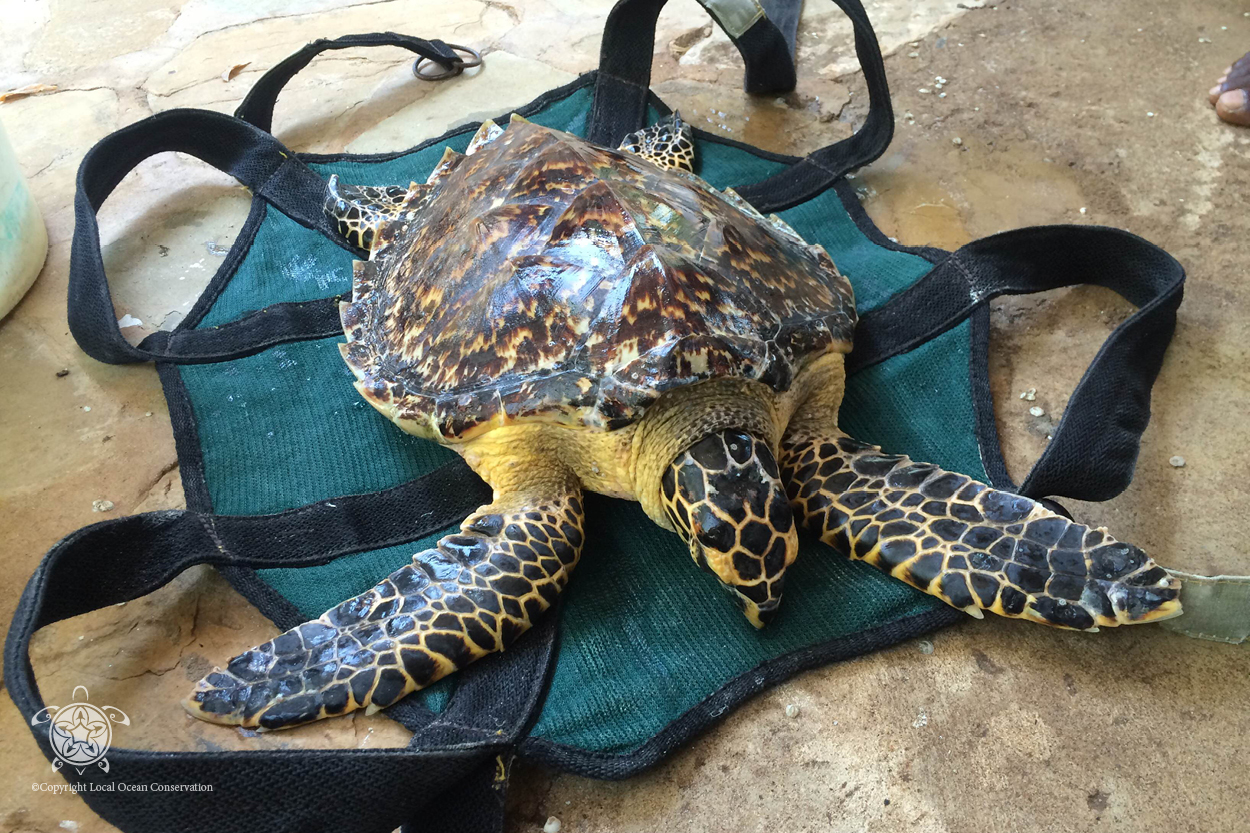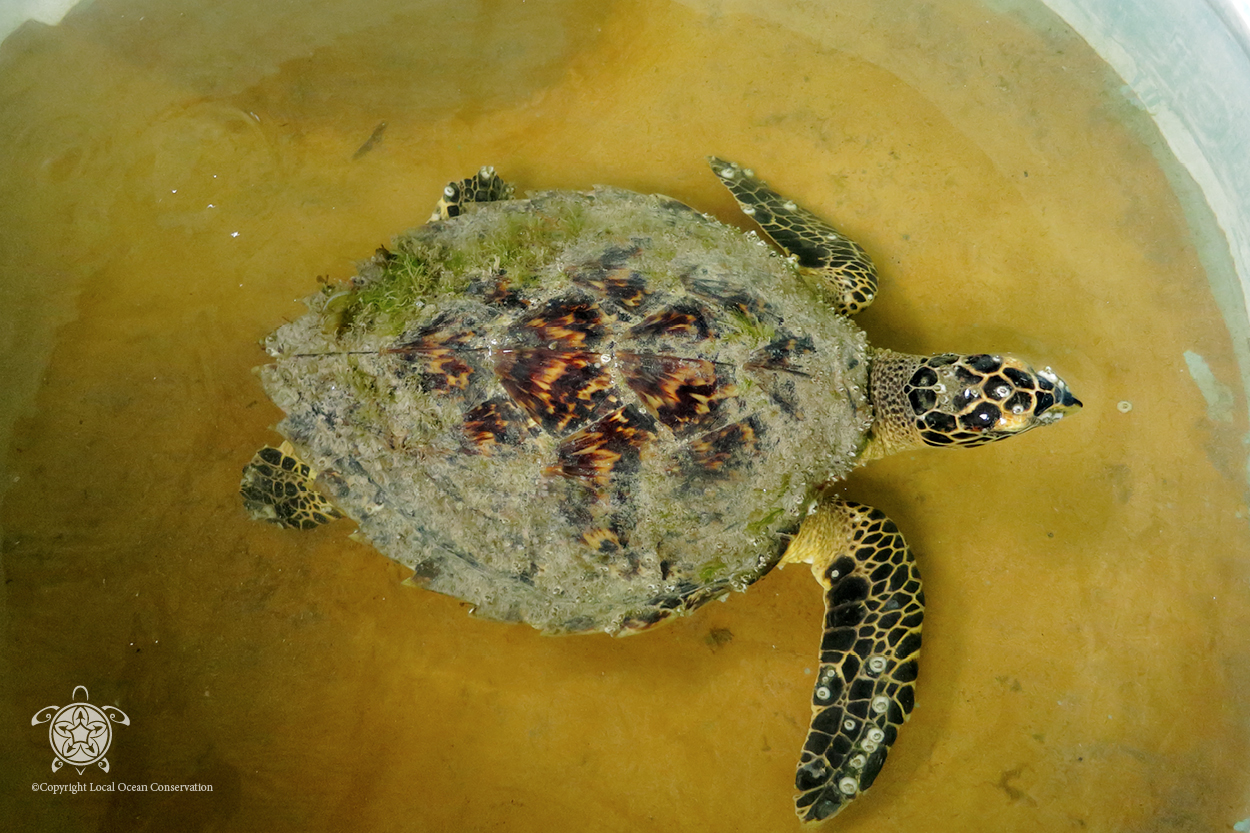Barnacles can be harmful to turtles by impeding their movement and causing infections on their shells. When barnacles attach themselves to a turtle’s shell, they create added weight and drag, making it difficult for the turtle to swim properly.
Additionally, the rough surfaces of barnacles can cause abrasions on the turtle’s skin, leading to potential infections.

Credit: www.youtube.com
The Relationship Between Barnacles And Turtles
Barnacles have a symbiotic relationship with turtles, providing both benefits and negative effects. One benefit of barnacles on turtles is that they can serve as a form of camouflage, helping the turtles blend into their environment and avoid predation. The barnacles attached to the turtle’s shell can also act as a protective layer, shielding the turtle from external elements and providing some level of insulation.
However, the presence of barnacles on turtles can also have negative effects. The accumulation of barnacles can add extra weight to the turtle, making movement more difficult. This increased weight can reduce the turtle’s overall mobility and potentially affect its ability to find food or escape from predators.
It is important to note that the negative effects of barnacles on turtles are not solely determined by their presence but rather the extent of the infestation. A moderate or light infestation of barnacles may have minimal impact on the turtle’s well-being, while a heavy infestation can have more pronounced negative effects.

Credit: localocean.co
Impacts Of Barnacles On Turtles
Barnacles can have several physical impacts on turtles. They can attach themselves to the turtle’s shell, causing added weight and drag, which can impede the turtle’s ability to swim and forage for food. The accumulation of barnacles can also restrict the turtle’s movement and hinder the growth of its shell. Additionally, barnacles can create open wounds on the turtle’s skin, providing entry points for infections and diseases.
Barnacles can also have behavioral impacts on turtles. The presence of barnacles may cause discomfort and irritation, leading turtles to alter their behavior. They may spend more time trying to remove the barnacles or engage in rubbing behaviors against surfaces to alleviate the itchiness and irritation caused by barnacle attachments.
The health and survival impacts of barnacles on turtles can be significant. The accumulation of barnacles can weaken a turtle’s immune system, making them more susceptible to illness and infection. Additionally, barnacles can obstruct the turtle’s ability to breathe properly, especially when they accumulate around the nostrils or the opening of the turtle’s mouth.

Credit: www.facebook.com
Conclusion
Ultimately, barnacles can have negative impacts on turtles. These small crustaceans attach themselves to a turtle’s shell, limiting their mobility and causing discomfort. Additionally, the weight of barnacles can make it difficult for turtles to swim and find food. Therefore, it is crucial to regularly inspect and remove barnacles from turtle shells to ensure their well-being and survival in their marine habitats.





Leave a Reply